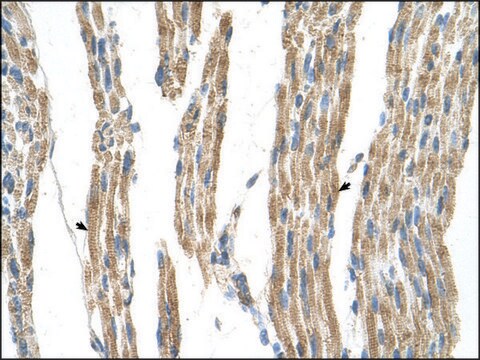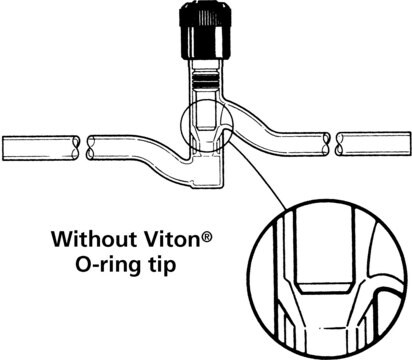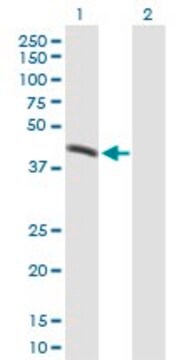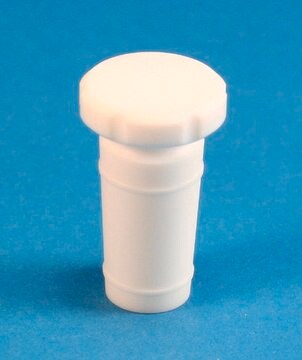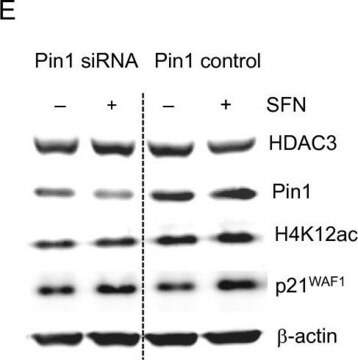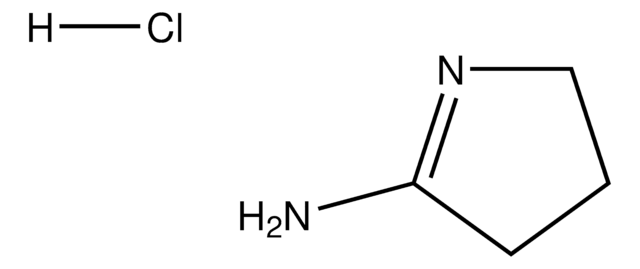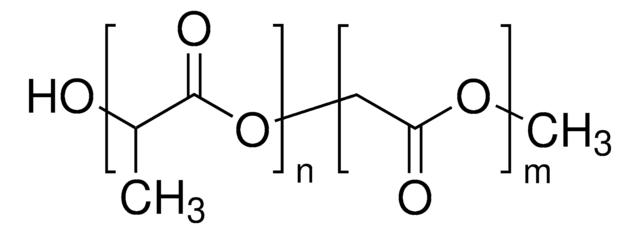일반 설명
We are committed to bringing you greener alternative products, which adhere to one or more of The 12 Principles of Green Chemistry.This antibody is Preservative-free, produced without the harm or sacrifice of animals and exceptionally stable to allow for ambient shipping and storage if needed and thus aligns with "Waste Prevention", "Designing Safer Chemicals" and "Design for Energy Efficiency".
Click here for more information.
ZooMAb® antibodies represent an entirely new generation of recombinant monoclonal antibodies.Each ZooMAb® antibody is manufactured using our proprietary recombinant expression system, purified to homogeneity, and precisely dispensed to produce robust and highly reproducible lot-to-lot consistency. Only top-performing clones are released for use by researchers. Each antibody is validated for high specificity and affinity across multiple applications, including its most commonly used application. ZooMAb® antibodies are reliably available and ready to ship when you need them.
특이성
Clone 1N14 is a ZooMAb® Rabbit recombinant monoclonal antibody that specifically detects TAK1. It targets an epitope within 20 amino acids from the C-terminal region.
면역원
KLH-conjugated linear peptide corresponding to 20 amino acids from the C-terminal region of human TAK1.
애플리케이션
Quality Control Testing
Evaluated by Western Blotting with recombinant fragment of Human TAK1.
Western Blotting Analysis (WB): A 1:10,000 dilution of this antibody detected GST-tagged recombinant fragment of Human TAK1.
Tested applications
Flow Cytometry Analysis: 0.1 μg from a representative lot detected TAK1 in one million HeLa cells.
Affinity Binding Assay: A representative lot of this antibody bound TAK1 peptide with a KD of 3.8 x 10-7 in an affinity binding assay.
Enzyme Immunoassay (ELISA) Analysis: A representative lot of this antibody detected Human recombinant TAK1 protein.
Immunohistochemistry (Paraffin) Analysis: A 1:100 dilution from a representative lot detected TAK1 in human cerebral cortex tissue sections.
Immunocytochemistry Analysis: A 1:100 dilution from a representative lot detected TAK1 in HEK293 and NIH 3T3 cells.
Note: Actual optimal working dilutions must be determined by end user as specimens, and experimental conditions may vary with the end user
표적 설명
Mitogen-activated protein kinase kinase kinase 7 (UniProt: O43318; also known as EC:2.7.11.25, Transforming growth factor-beta-activated kinase 1, TGF-beta-activated kinase 1) is encoded by the MAP3K7 (also known as TAK1) gene (Gene ID: 6885) in human. TAK1 is a serine/threonine kinase that plays a key role in the cascade of cellular responses evoked by changes in the environment. Its protein kinase domain is localized in amino acids 36-291. Although a majority of TAK1 resides in cytoplasm, when complexed with TAK1-binding proteins 1 and 2 (TAB1 and TAB2), it also localizes to the membrane. It is shown to be activated by proinflammatory cytokines and in response to physical and chemical stresses. Once activated, it acts as an upstream activator of JNK and p38 MAP kinase signal transduction cascade through the phosphorylation and activation of several MAP kinases, including MEK1, MKK3, MKK, and MKK7 and subsequently control the activity of transcription factors, such as AP1 and NF-B. TAK1 is activated by lysine 63-linked polyubiquitination and by autophosphorylation. Its association with TAB1 and TAB2 promotes activation through autophosphorylation. Association with TAB1 is reported to promote its autophosphorylation at Ser-192 and subsequent activation. It is inactivated by dephosphorylation by protein phosphatase 2A catalytic subunit (PPP2CB) and PP2A. Four isoforms of TAK1 have been described that are produced by alternative splicing. Isoform 1A is the most abundant in ovary, skeletal muscle, spleen and blood mononuclear cells. Isoform 1B is highly expressed in brain, kidney and small intestine. Isoform 1C is the major form in prostate and isoform 1D is the less abundant form. This ZooMAbZooMAb® recombinant monoclonal antibody, generated by our propriety technology, offers significantly enhanced specificity, affinity, reproducibility, and stability over conventional monoclonals.(Ref.: Xu, Y-R., and Lei, C-Q. (2021). Front. Immunol. 11; 608976; Fan, Y., et al. (2012). Cell Signal. 24(7); 1381-1389; Broglie, P., et al. (2010). J. Biol. Chem. 285(4); 2333-2339).
물리적 형태
Purified recombinant rabbit monoclonal antibody IgG, lyophilized in PBS, 5% Trehalose, normal appearance a coarse or translucent resin. The PBS/trehalose components in the ZooMAb formulation can have the appearance of a semi-solid (bead like gel) after lyophilization. This is a normal phenomenon. Please follow the recommended reconstitution procedure in the data sheet to dissolve the semi-solid, bead-like, gel-appearing material. The resulting antibody solution is completely stable and functional as proven by full functional testing. Contains no biocide or preservatives, such as azide, or any animal by-products. Larger pack sizes provided as multiples of 25 μL.
재구성
300 μg/mL after reconstitution at 25 μL per vial. Please refer to guidance on suggested starting dilutions and/or titers per application and sample type.
저장 및 안정성
Recommend storage of lyophilized product at 2-8°C; Before reconstitution, micro-centrifuge vials briefly to spin down material to bottom of the vial; Reconstitute each vial by adding 25 μL of filtered lab grade water or PBS; Reconstituted antibodies can be stored at 2-8°C, or -20°C for long term storage. Avoid repeated freeze-thaws.
법적 정보
ZooMAb is a registered trademark of Merck KGaA, Darmstadt, Germany
면책조항
Unless otherwise stated in our catalog or other company documentation accompanying the product(s), our products are intended for research use only and are not to be used for any other purpose, which includes but is not limited to, unauthorized commercial uses, in vitro diagnostic uses, ex vivo or in vivo therapeutic uses or any type of consumption or application to humans or animals.


